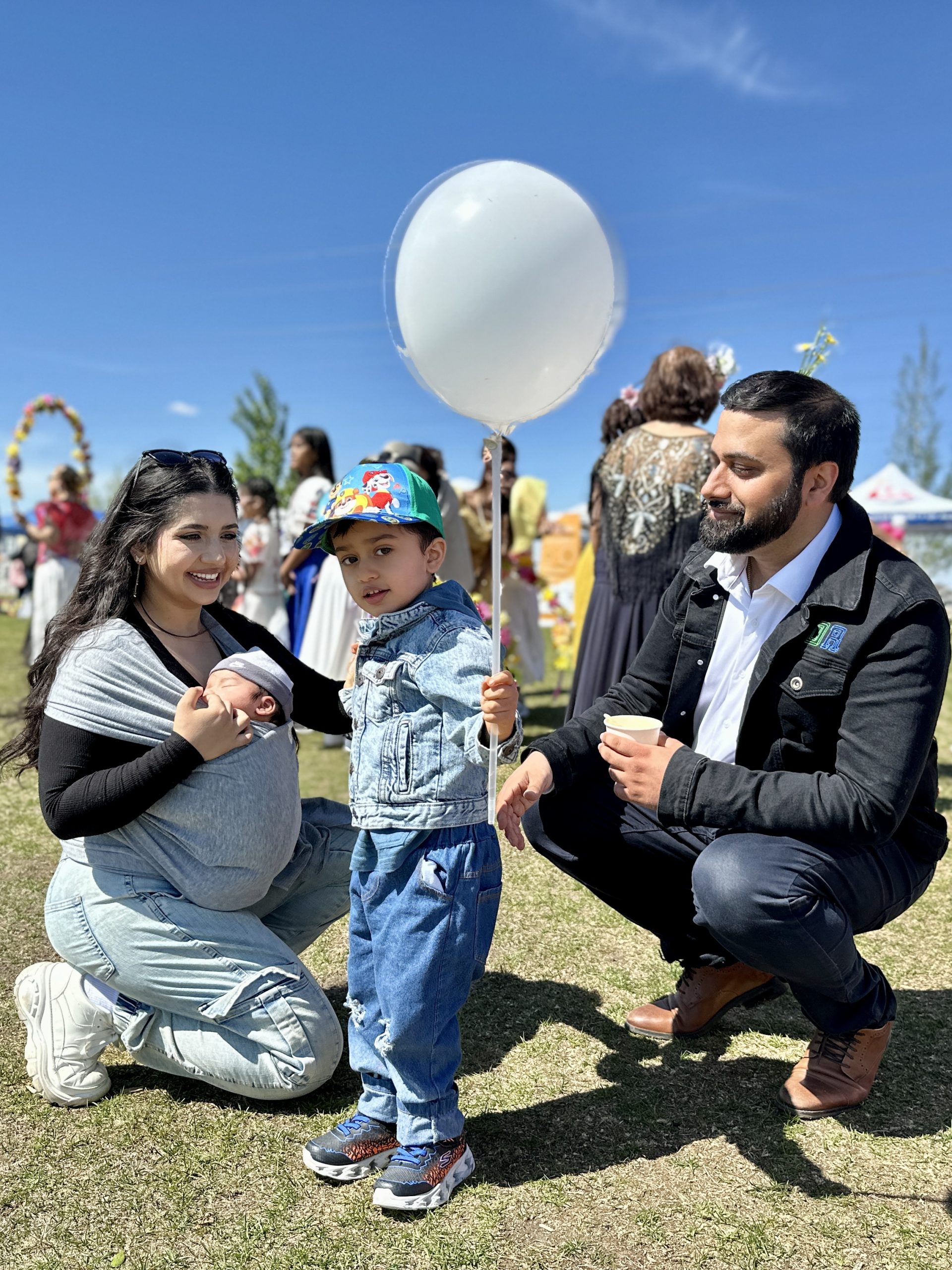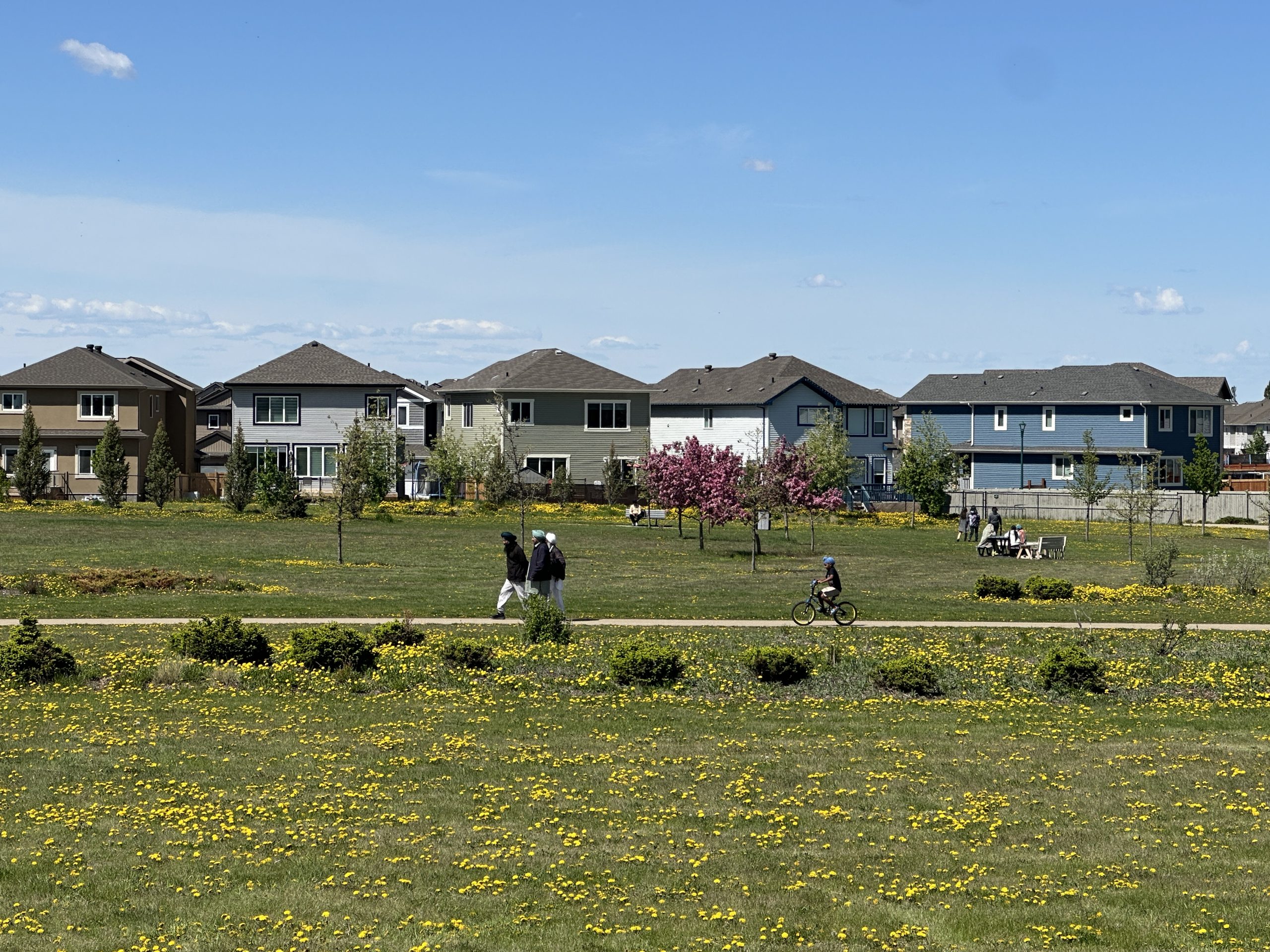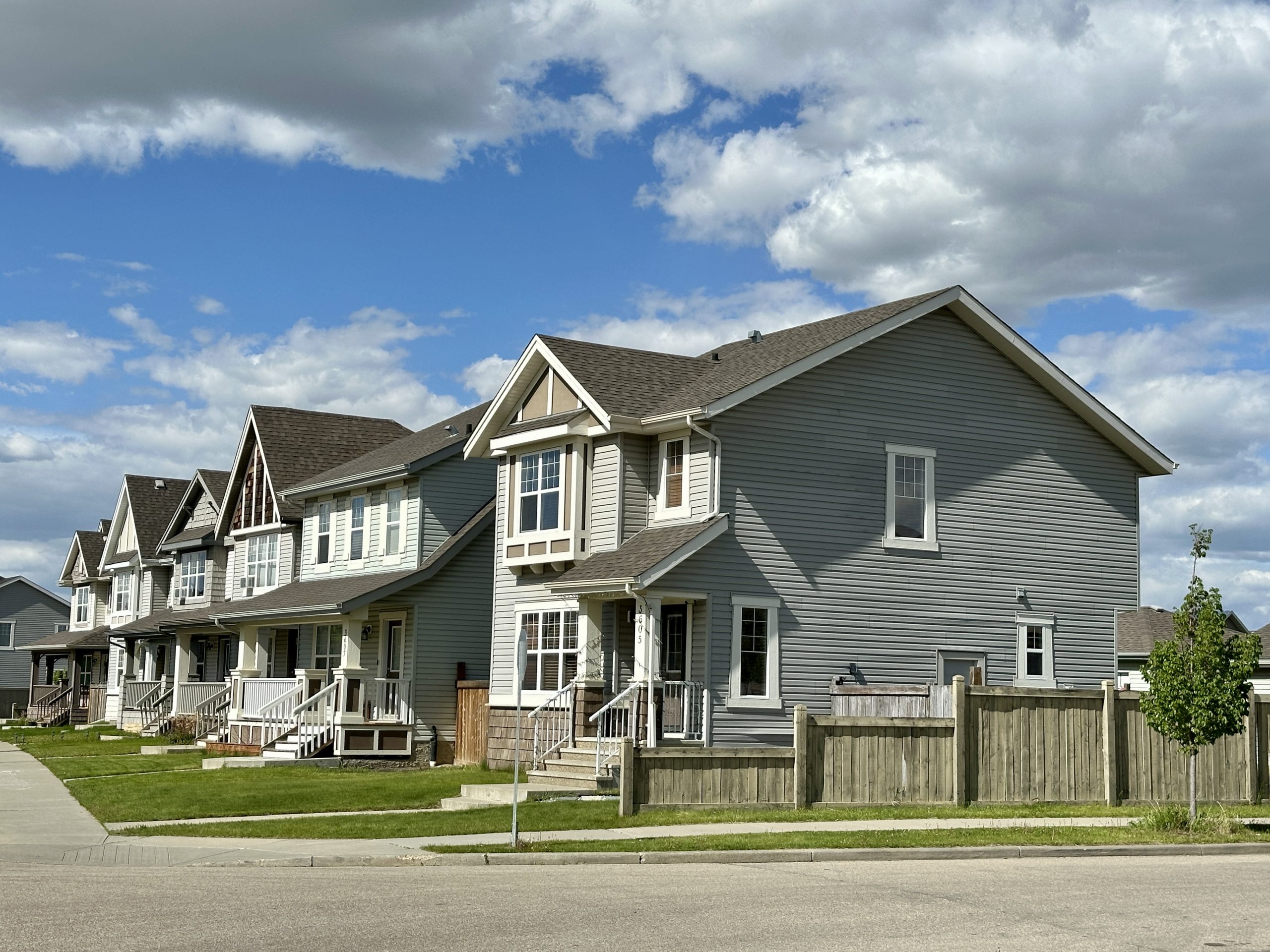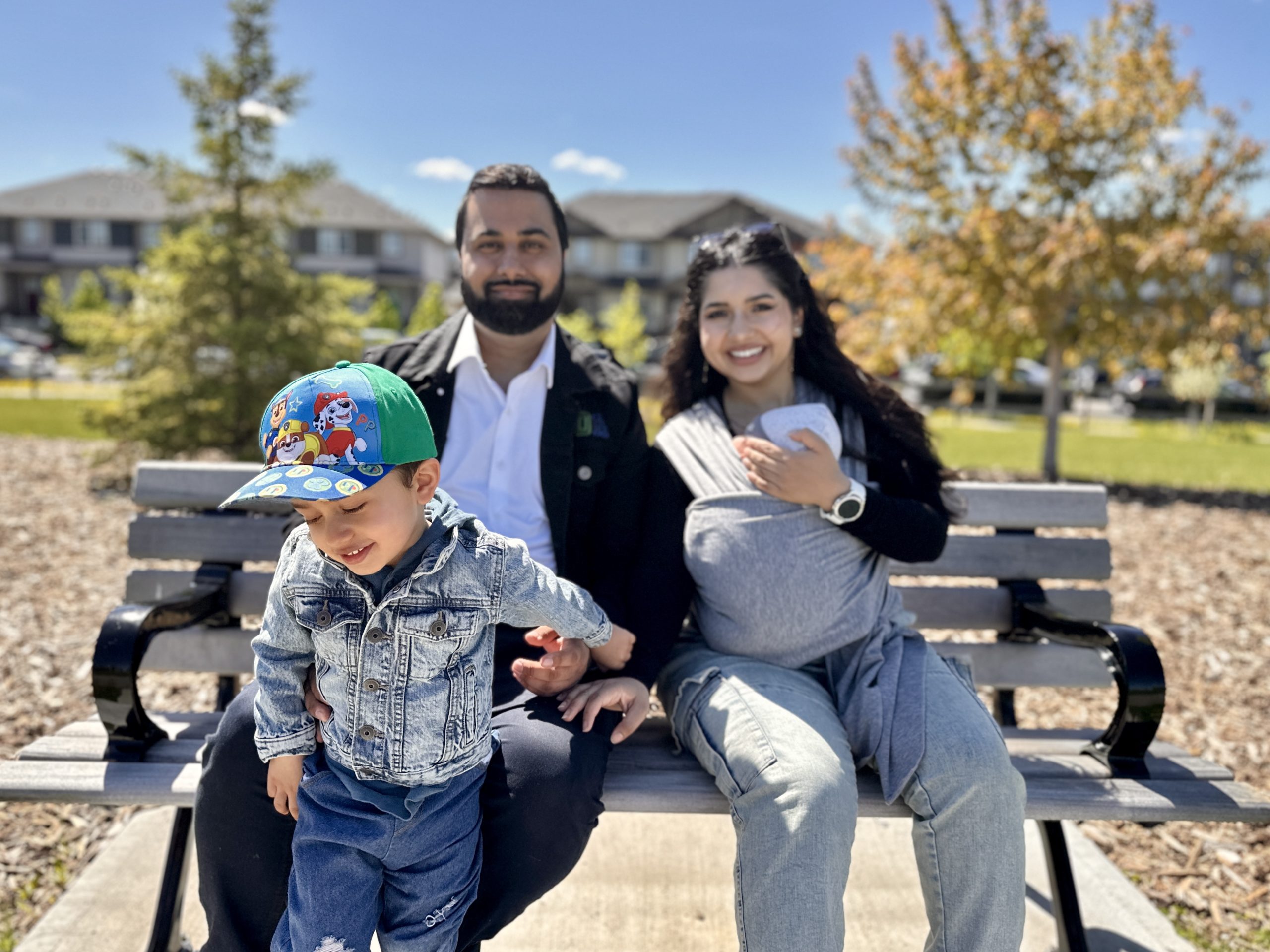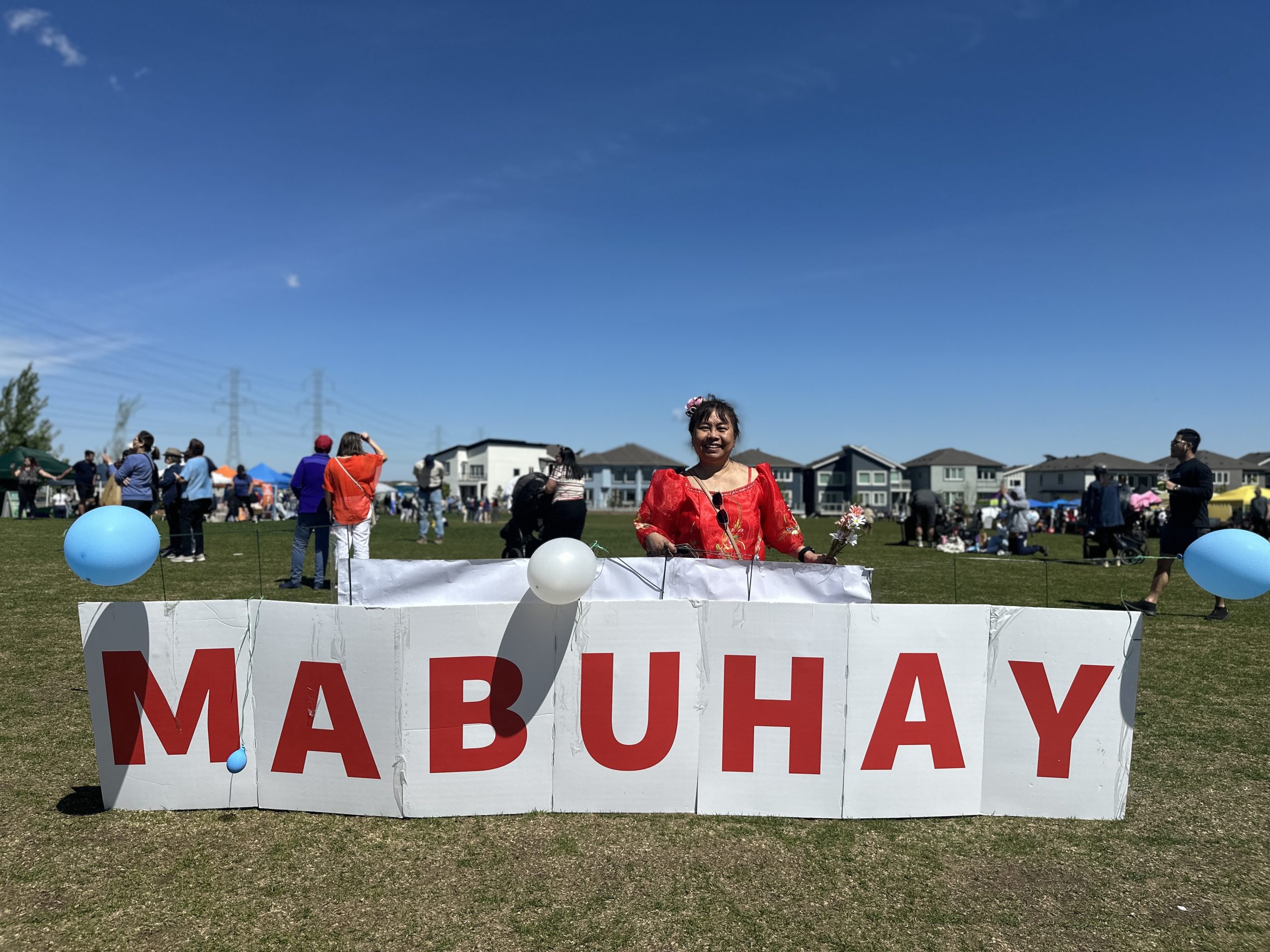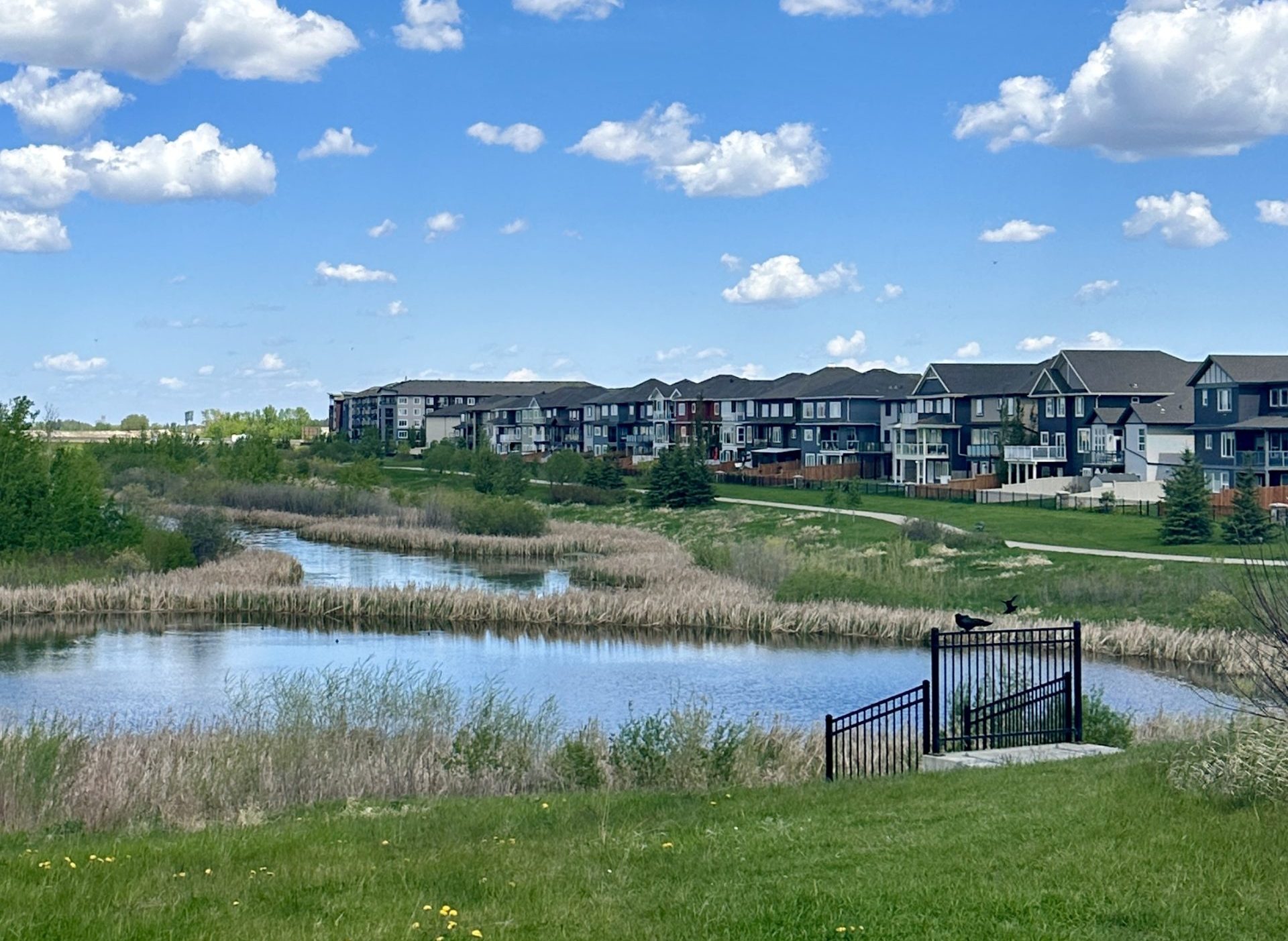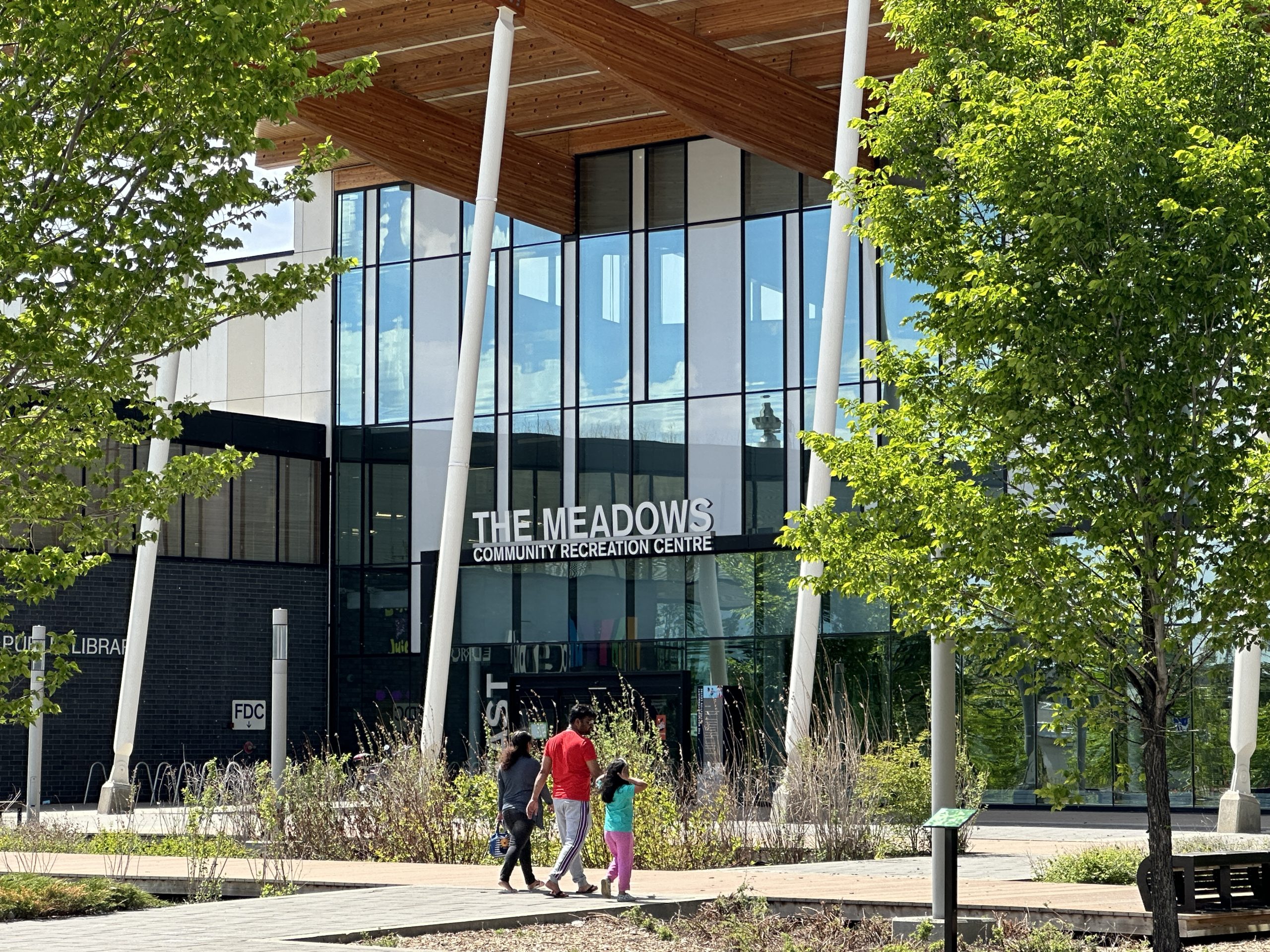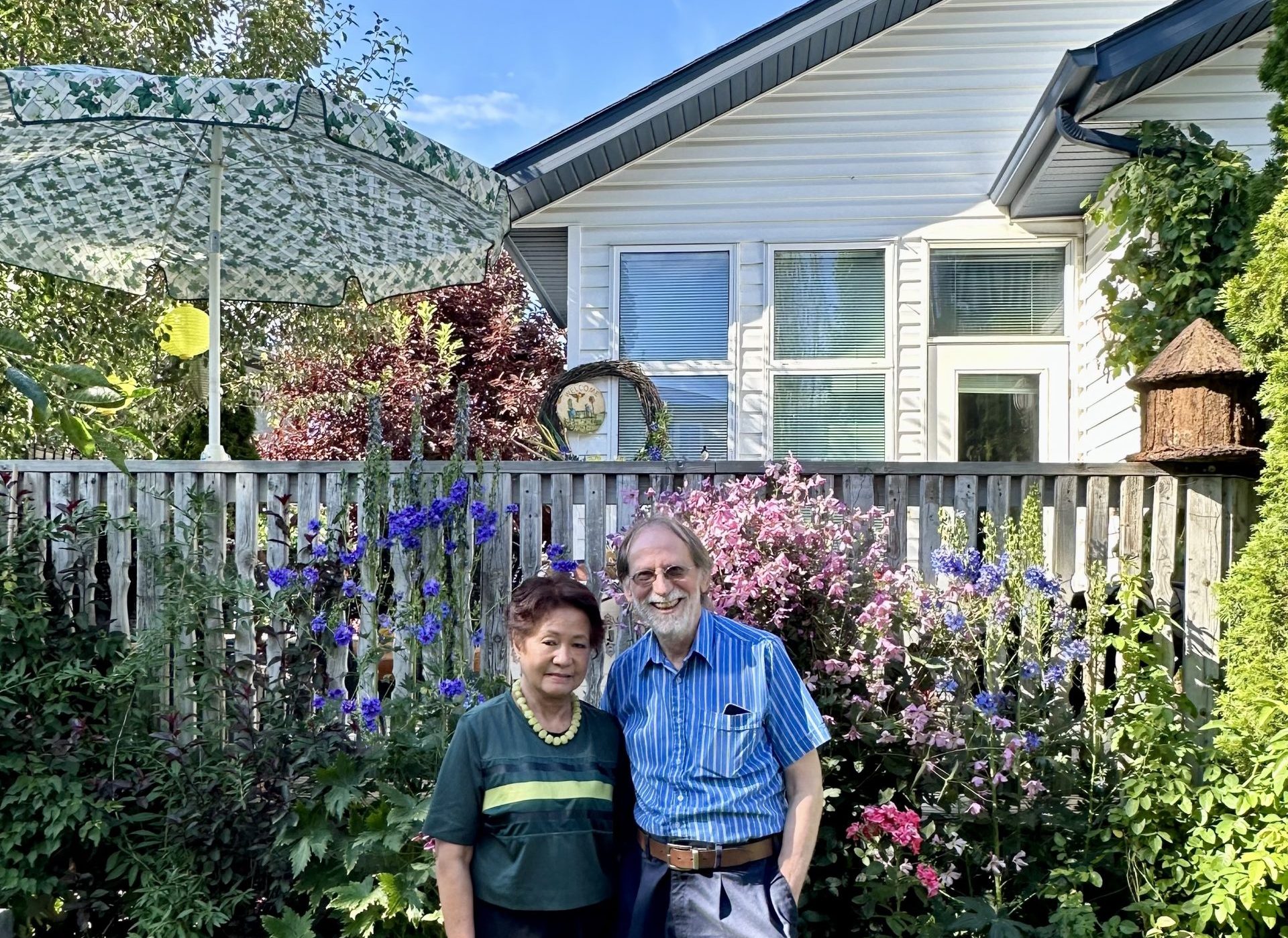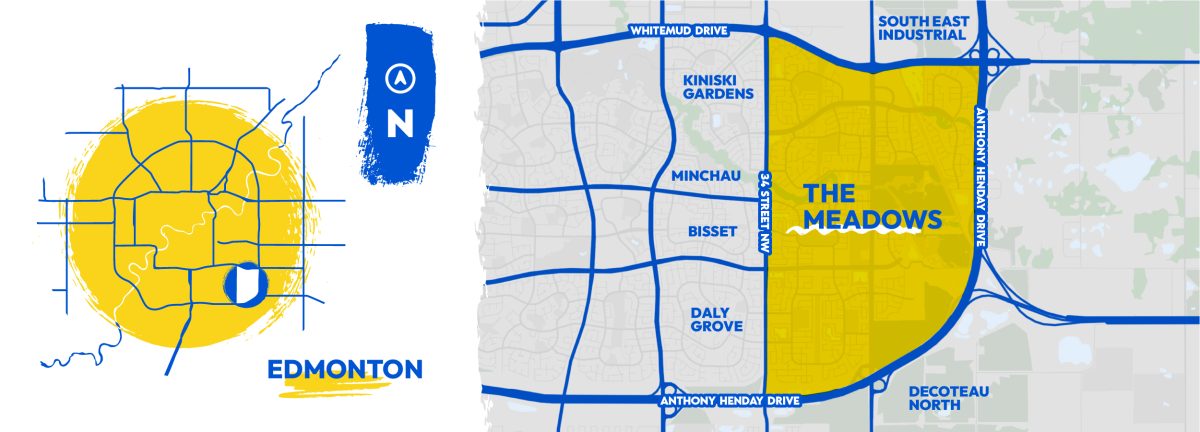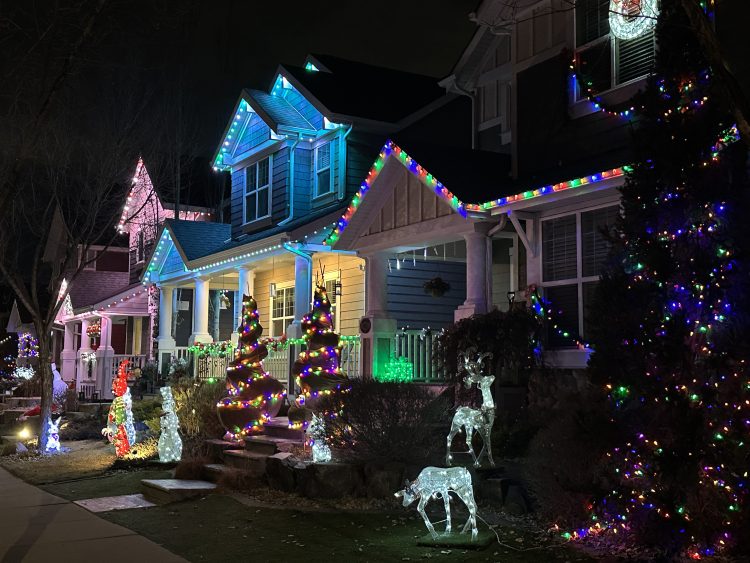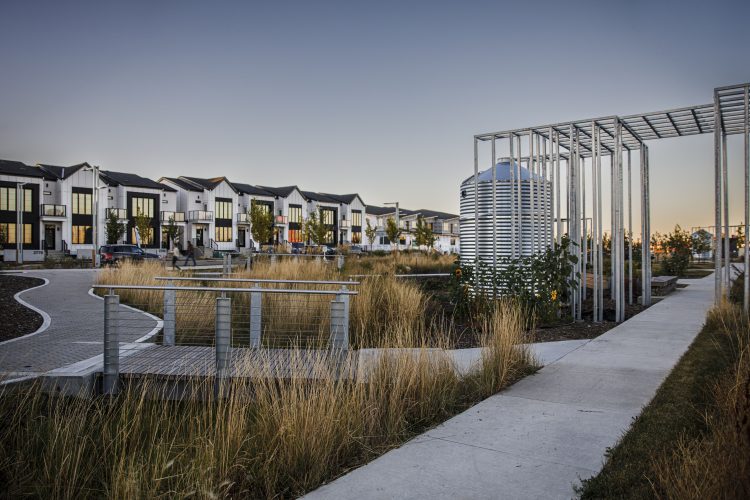When Shaminder Parmar bought his first home in Laurel, much of the southeast neighbourhood was still under construction, surrounded by empty fields.
“I remember telling my then-fiancée: ‘I think I made a mistake,” he says. “I’m originally from New York City, so I like the hustle and bustle of people. I wasn’t used to coyotes, geese and rabbits running around. But Laurel has come a long way since 2016.”
That’s an understatement.

